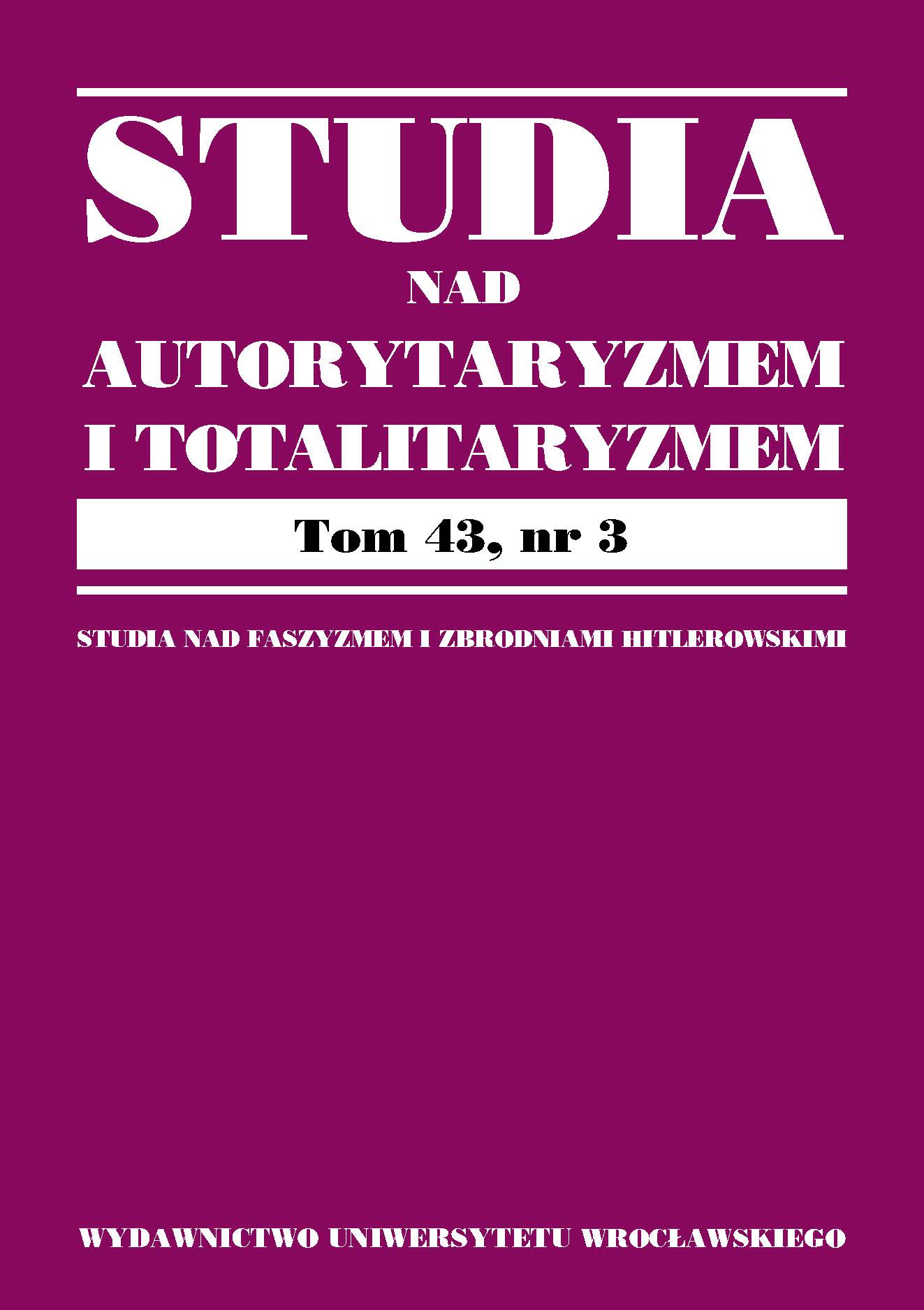

Artykuły

The paper is devoted to the tacit and veiled tyranny, a concept developed by Bartolus de Saxoferrato in his treatise On the Tyrant (De tyranno), widely regarded as an outstanding representative of the commentator school. In addition to his strictly legal work, which consists of commentaries on individual parts of the Corpus iuris civilis, he is also the author of political and legal treatises, dealing with important topics for the inhabitants of late medieval Italy. In the treatise, he decided to discuss in detail the theme of tyranny from the perspective of a jurist interested in solving the concrete problems that tyrant rule could cause in practice. He developed ways to classify rule as tyrannical, defining and outlining its various types, so that once a tyrant is removed from power, its legal consequences can be examined, including whether legal acts committed during tyranny are valid.
The aim of this article is to analyse the tacit and disguised tyranny presented in the treatise De tyranno, to identify its essential characteristics and point out the features that distinguish it from manifest tyranny. The analysis covers the types of tyranny, the ways of hiding a tyrant, threats to rights and freedoms in the case of hidden tyranny, methods of exposing the hidden tyrant, ways of eliminating tyranny, and the validity of actions performed during tyranny. The examination of these aspects is intended not only to allow an understanding of Bartolus’ conception, but also to provide an answer to the question of the purpose singling out this form of tyranny serves.
A veiled tyrant is one who rules a community against the law, hiding this fact behind some sort of veil. As a legal category, the distinction between tyranny ex defectu tituli and ex parte exercitii is fundamental. The distinction between a manifest and hidden tyrant does not have such far-reaching consequences. Tacit and veiled tyranny are sometimes treated as transitional categories. On many points, the comments applicable to manifest tyrants also apply to veiled tyrants. The purpose of distinguishing this category is to make the problem clearer — to state that a tyrant is also someone who seemingly has nothing to do with power or has little authority. Bartolus undertook to define and characterise this form of tyranny, indicating the legal instruments that could be used to deal with the undesirable political phenomenon as long as it had not yet assumed its mature form. The jurist considered it expedient to distinguish the category of a hidden tyrant so that they could be identified and held accountable under the law, although they did not formally possess any power or had very little of it, as a usurper or as one guilty of harming citizens.